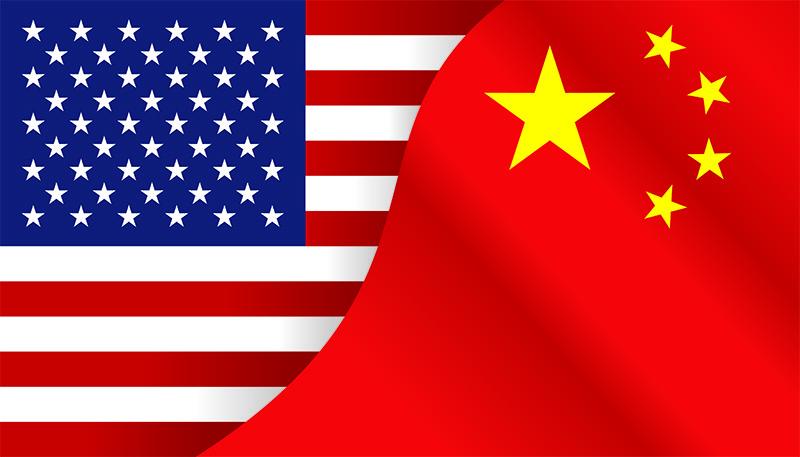On Friday, trade issues escalated between the United States and China, following another round of retaliatory tariffs from both countries.
Following President Trump’s latest round of tariffs on $300 billion of Chinese goods last week — due to go into effect in two stages, on September 1 and December 15 — China announced it would levy tariffs on $75 billion in imports from the United States.
Following that announcement on Friday, Trump added an additional 5 percent to current tariffs, raising 25 percent tariffs already in place to 30 percent, and the new 10 percent tariffs to 15 percent. In addition, the President “ordered” U.S. companies manufacturing in China to cut ties with the country.
The escalated tariffs and tweets on Friday sent the DOW Jones Industrial Average tumbling more than 600 points (623.34). The losses brought the DOW’s decline to more than 4 percent for August.
As of Monday morning, according to a Reuter’s report, Trump, who is at the G7 Summit in Biarritz, France, said Chinese officials have contacted U.S. trade counterparts to return to the negotiating table.
Vice Premier Liu He, who has been leading the talks with Washington, said on Monday China was willing to resolve the trade dispute through “calm” negotiations and opposed the escalation of the conflict.



